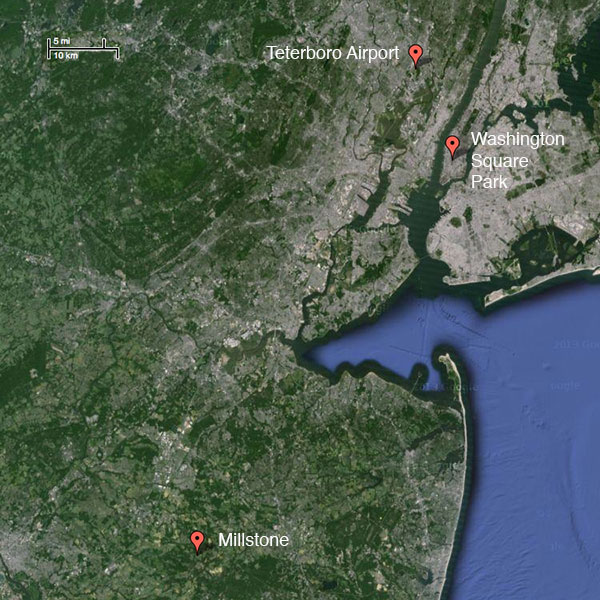
First let me thank, Mary Kostus, who did the legwork to figure out the providence of the band by contacting the USGS Banding Laboratory. (I also contacted the USGS, but my request failed to be accepted by their servers!)
Here is the letter she received from Laurence M. Schafer, the bander.
Hello Mary,
This is indeed one of our bands. USDA Wildlife Services assists many airports around the country reduce wildlife hazards. Some of the programs include substantial efforts to reduce hazards from raptors. In general, raptors tend to be the 5th-7th most commonly struck group of birds and can cause significant damage when struck (not to mention the terminal impact to the bird). Most airfields struggle to manage the habitat in and around the airfield to be as unattractive to wildlife as possible, but nothing is perfect. Airfields often tend to be perfect areas for raptors (large open spaces, short grass that makes it easier to spot prey, and lots of perches dispersed throughout). They do not respond favorably to harassment methods and effective/appropriate pesticides are frequently prohibited/discouraged by other agencies.
Trapping/translocation gives us a non-lethal option to reducing birdstrikes and protecting raptors at the same time. As was noted in the blog, these birds do not have the typical aluminum federal band. About 10% of these birds tend to return and a fair number do end up as birdstrikes. In the event of an engine ingestion, we do not want to introduce additional pieces of metal that could further damage the motors. That’s why we use the plastic color bands instead.
This bird was trapped at Teterboro on 13 July 2013 and released in Millstone (about 45 miles southwest of the airfield) later that day. Thanks for taking the time to track down the info on this bird and let us know that all is well with it.
Laurence M. Schafer
USDA Wildlife Services
Staff Wildlife Biologist and Airport Coordinator, WA/AK
So, we now have the facts about the banding and what happened on July 13th thanks to Mr. Schafer’s report.
(Sadly, I was wrong about the reason for the plastic band. It wasn’t for quick identification but to minimize engine damage in case the bird returned to the airport and had a collision.)
The bird was seen with its band in Washington Square Park from August 5th through August 17th. That’s over three weeks later. (It may have arrived earlier and the bird/band went unnoticed.)
What remains unclear is if NJ 30 was a Washington Square fledgling. Many facts support the idea that it was:
- The bird returned north rather than continuing south after being relocated
- Bobby and Rosie both socialized with the bird
- Bobby allowed the bird to take a rat from him last Saturday
- The plumage and markings are consistent with past fledgling photographs, although there are no distinct field markings that make it a sure match.
I’ll leave it up to the reader to decide if we have enough evidence to declare NJ 30 a Washington Square fledgling and not a vagrant first year hawk passing through the park. I know I have too much of a bias to make a clear call!